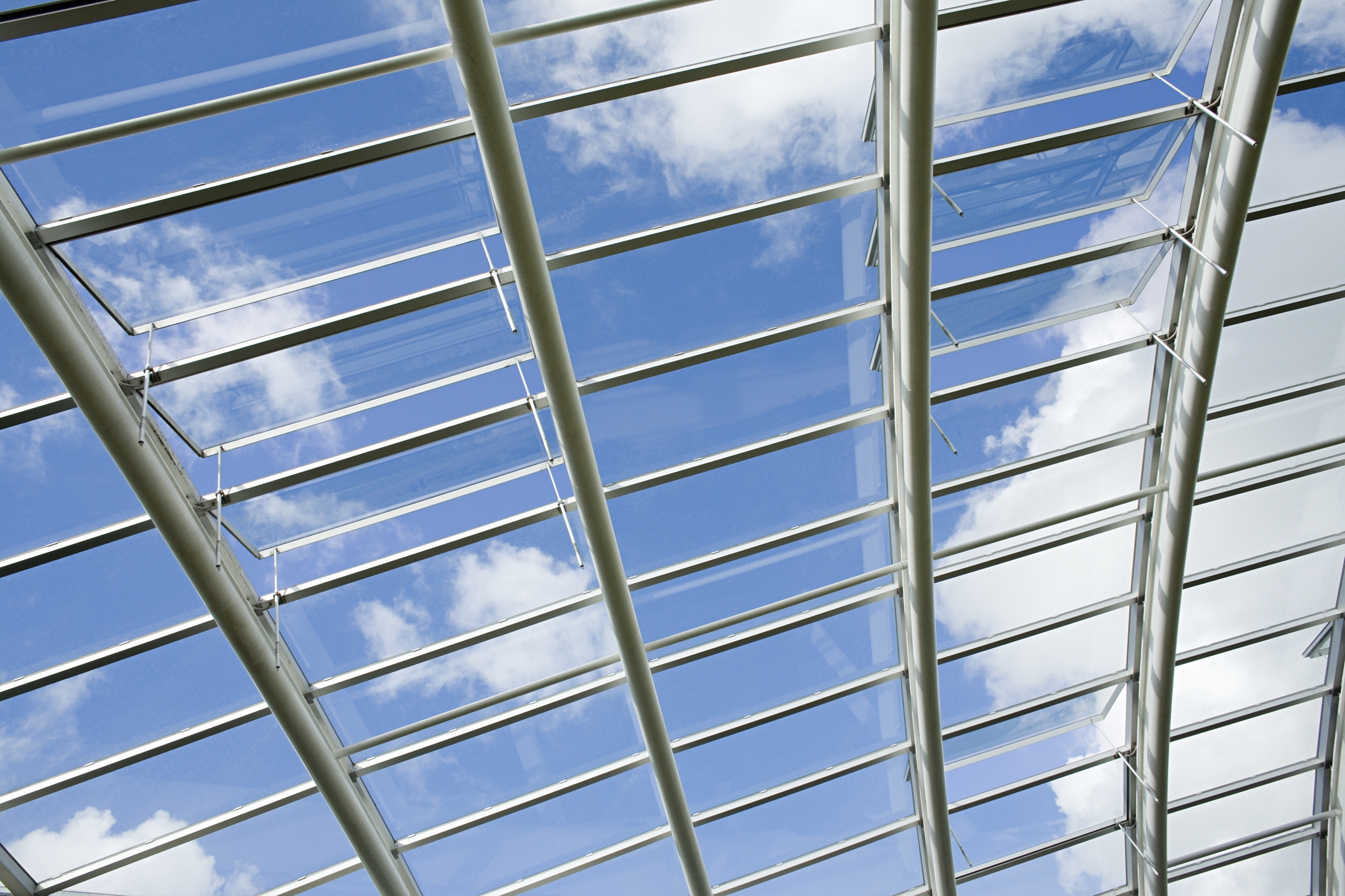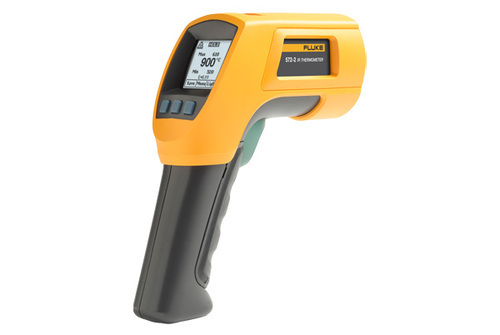4572Views

Technology Behind UV Stable Plastic Materials
If your plastic backyard furniture you bought last year at a great price already started to fade and crack, you should know that there’s a reason why it was that affordable. There are different kinds of plastic materials and not all of them are suitable for things that are constantly exposed to sunlight like backyard furniture is. They need to be made of UV stable plastic materials – those are usually various plastic materials with added components that give them protection from the sun and prevent premature degradation. Here’s what you need to know about this technology.
Why does this Degradation Happen?
When synthetic polymers, i.e. plastic materials, are exposed to sunlight, particularly the ultraviolet segment of the spectrum, it leads to a process called UV degradation. Plastic materials begin to crack and disintegrate, change colour, warp, and so on. The problem begins with tertiary bonds in chain structures of synthetic polymers because UV rays interact with these bonds and form free radicals. Those react with oxygen from the atmosphere and produce carbonyl groups. That’s why exposed surfaces become brittle and change colour.

How it’s Prevented?
Think about how you protect your skin from the UV rays – by using sunscreen. Well, similar chemicals are added to various kinds of plastic materials to make them UV stable and, therefore, more durable. Those chemicals are called UV stabilizers and their main purpose is to prevent the formation of free radicals. Chemicals such as benzophenones are added to the polymer in the process of mixing ingredients and concentrations range from 0.05% up to 5%, depending on the type of plastic.
Most common UV stabilizer is carbon black – it’s mixed with polymers such as nylon, polyethylene, and polycarbonate to improve UV resistance. Besides, certain paints (especially acrylic-based paint) and silicone coatings can serve as a protection from sunlight as well.

Why is it Important?
As we already mentioned, there’s no use of buying cheap outdoor furniture if it’s going to crack after one or two seasons. Continuous exposure to sunlight and UV radiation is unavoidable when it comes to furnishing your backyard, doing certain jobs, or building solar panels, thus, UV stable materials are broadly used. For instance, if your job is to transport liquids as fuel across large distances, opt for specially formulated portable polyethylene diesel tanks. Owing to their UV stabilization, they’ll be resistant to UV rays and will last for years.
Furthermore, check out your local children’s playground next time you’re passing by. It’s been there for years with not a sign of colour fading or degradation. Heavy UV additives are responsible for this, so make sure you opt for UV stable plastic materials, regardless of the purpose.

What should you look for?
Now that we got you interested, the question is what kind of plastic materials are UV stable? Polymers such as ABS, PETG, polystyrene, and PTFE are not UV stable in their standard form. However, they can be manufactured with UV stabilizers, so make sure you double check it with your supplier. If you opt for acetal, nylon, and polycarbonate, check if they contain carbon black particles – that way you’ll know they’re UV stable. They may discolour, but will retain mechanical stability. On the other hand, plastic materials such as acrylic (which is virtually invisible to UV), high-pressure laminate, and PVC have high stability retention and make the perfect choice for most of your needs.
Now you will know what to look for when purchasing any item made out of plastic. Plastic is among the most versatile materials; it’s affordable and, because of that, quite disposable. To make it more earth-friendly, opt for high-quality materials that will last longer. If given proper additives, plastic materials can last for more than 15 years in direct sunlight so they’re really the best option out there.




